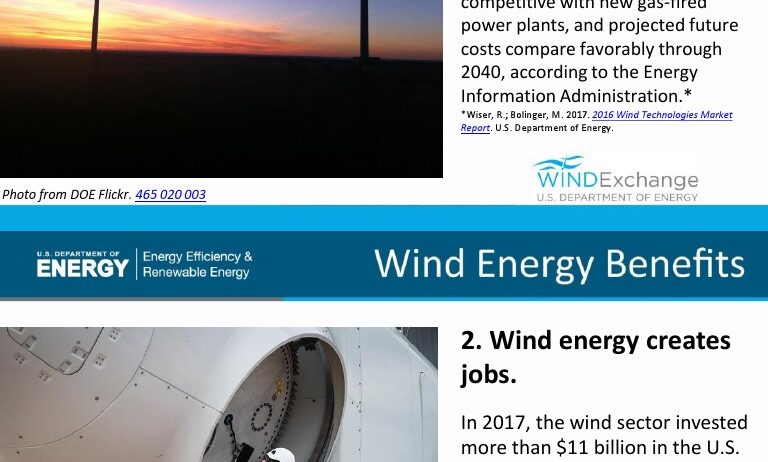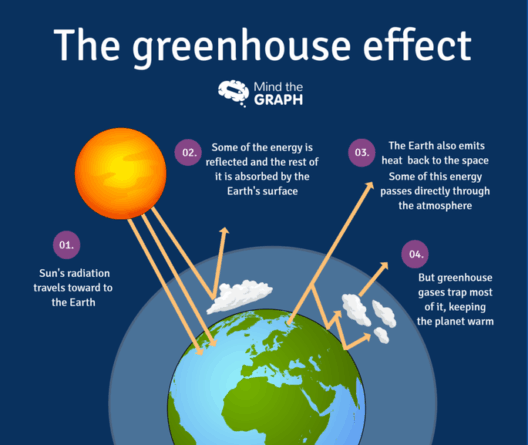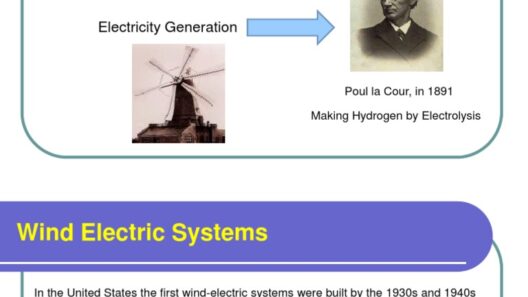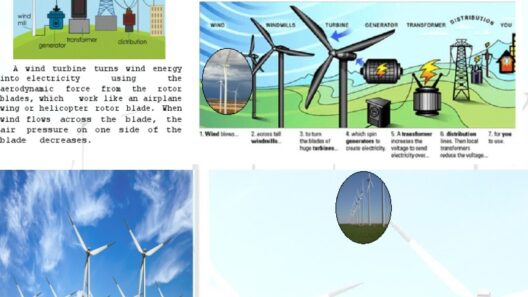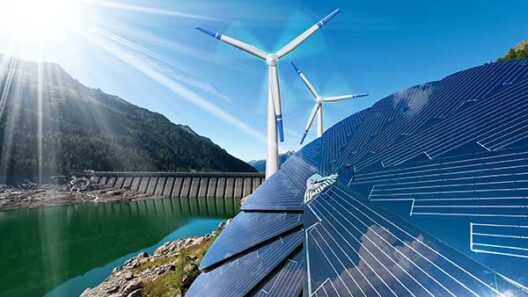In recent years, the dialogue surrounding energy generation has shifted decisively toward renewable sources, with wind power emerging as a formidable contender. The landscape of energy production has transformed, wherein the costs associated with wind energy have plummeted, rendering it competitively viable against traditional fossil fuels. This evolution not only heralds a greener future but also compels us to reevaluate our understanding of energy economics.
The core question arises: How much is wind energy, and what implications do its costs and benefits have for the environment and economy? To navigate this complex terrain, we will delve into the myriad aspects of wind energy’s cost structure, its advantages, and the comprehensive benefits it offers to society.
Understanding the Cost Structure of Wind Energy
To comprehend wind energy’s economic viability, a granular analysis of its cost structure is imperative. Wind energy costs can be categorized into capital expenditures and operating costs, each playing a crucial role in determining the overall financial outlay for wind farms.
Capital Expenditures: The Investment Challenge
Capital expenditures (CapEx) encompass the substantial initial investments necessary to establish wind farms. These costs include expenses related to the construction of wind turbines, installation, infrastructure development, and grid connection. While the initial investment may seem daunting, prospective savings over the lifespan of the project can mitigate these concerns.
In recent years, technological advancements have catalyzed a significant reduction in CapEx. The burgeoning efficiency of wind turbine components has led to lower material and labor costs. Moreover, larger and more efficient turbines mean that fewer units are required to generate the same amount of energy, further driving down installation costs. Economies of scale and enhanced design methodologies are pivotal in rendering wind energy less financially burdensome than in previous decades.
Operating Costs: The Long-Term Game
On the other side of the equation lie operating costs (OpEx), which involve the ongoing expenses required to maintain and operate wind facilities. These costs can include routine maintenance, repairs, and insurance, along with operational manpower. Notably, the operational expenses associated with wind power are generally lower compared to fossil fuel counterparts. With virtually no fuel costs and minimal operational downtime, wind energy presents a financially advantageous model in the long run.
Moreover, the lifespan of a wind turbine can extend to two to three decades, allowing for extended periods of energy generation without corresponding increases in operation-related expenditure.
The Conundrum of External Costs
When evaluating the economic framework of wind energy, it is vital to consider external costs associated with fossil fuels, often overlooked in traditional energy pricing models. The environmental toll exacted by coal, oil, and natural gas includes air and water pollution, greenhouse gas emissions, and additional health risks. These hidden costs tend to inflate the true price of fossil fuel energy, skewing the comparative economics against renewables.
When assessing the cost of wind energy, it becomes evident that not only do the immediate financial components warrant careful consideration, but the broader societal benefits of reduced environmental harm need to be integrated into the dialogue as well.
The Multifaceted Benefits of Wind Power
Wind energy is not merely a financial proposition; it embodies an array of benefits that transcend economic metrics. Exploring these advantages unveils a compelling case for wind power that impacts communities, economies, and ecosystems alike.
Environmental Benefits: A Pathway to Sustainability
Wind energy boasts the remarkable advantage of being a clean source of power that produces negligible emissions. By harnessing the natural movement of air, wind power diminishes reliance on fossil fuels, contributing to the mitigation of climate change. Reducing carbon footprints is paramount in today’s context of escalating global warming challenges, making wind power a critical ally in the quest for a sustainable future.
Moreover, the land footprint of wind farms allows for dual land usage, enabling agricultural practices to coexist alongside energy generation. This synergy fosters sustainable land management and derives economic benefits for local farmers while simultaneously providing clean energy.
Economic Resilience and Job Creation
From an economic standpoint, the wind energy sector serves as a powerhouse for job creation and community revitalization. The construction, operation, and maintenance of wind farms demand a diverse workforce, bolstering employment opportunities in engineering, manufacturing, and skilled trades. This surge in job creation not only strengthens local economies but also fosters a sense of community pride, as towns benefit from the investment in renewable infrastructure.
By diversifying energy sources, wind power fortifies energy independence. Countries and regions leveraging wind energy reduce their vulnerability to fluctuations in fossil fuel markets, thus enhancing energy resilience and stability.
Piquing Curiosity: A Future with Wind Energy
As we traverse the labyrinthine paths of energy governance, the narrative surrounding wind energy compels us to ponder broader questions. How can emerging technologies, like artificial intelligence and battery storage, further optimize wind energy outputs? What role can policy frameworks play in incentivizing wind energy investments? How might societal perceptions of energy transformation evolve as wind power becomes increasingly embedded in our energy fabric?
Wind energy, with its compelling cost benefits and extensive range of advantages, is more than an alternative energy source. It is a catalyst for change, inviting us to reconceptualize our approach to energy production and consumption. As the winds of change sweep across the globe, the promise of wind power beckons us to not only embrace it but to actively participate in shaping an equitable, sustainable energy future.



